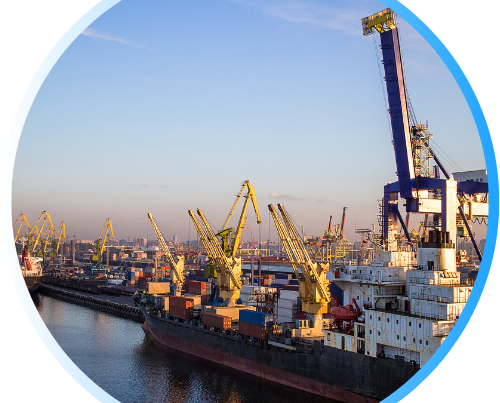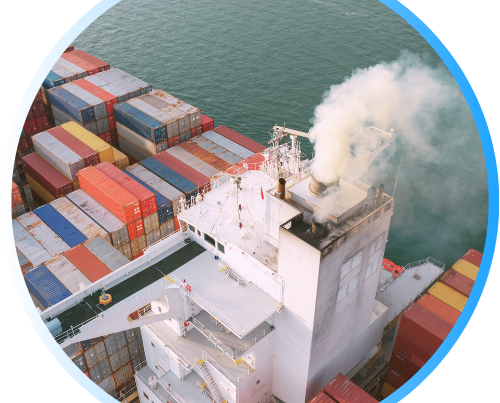Rate Related Update and Market Conditions
Market Conditions
TPEB (Trans-Pacific Eastbound)
-
Demand remains weak post-Lunar New Year, leading to further rate declines. A gradual market recovery is expected by Weeks 9-10, while Peak Season Surcharges (PSSs) are being adjusted to stimulate demand and balance short- and long-term rates.
FEWB (Far East Westbound)
-
Cargo recovery has been slow, with rates holding firm despite weak demand. The Shanghai Containerized Freight Index (SCFI) declined in Week 7, reflecting short-term pricing pressures, though carriers may implement measures to prevent further downturns.
TAWB (Trans-Atlantic Westbound)
-
Some carriers have reduced FAK rates from North Europe and the West Mediterranean to the U.S., Mexico, and Canada. However, Peak Season Surcharges (PSSs) are expected in March to align with anticipated demand increases.
Operational Updates
-
No major equipment shortages or disruptions have been reported across key trade lanes. However, rumors of exceptionally low-rate offers in some markets should be approached with caution, as they are unlikely to be sustainable.
Capacity Management
TPEB:
-
Carriers will restore significant capacity in Weeks 9-10, but further blank sailings may be announced if rates continue to decline.
FEWB:
-
An oversupply of space exists due to the absence of blank sailings in February. If demand remains soft, last-minute void sailings may occur.
TAWB:
-
Carriers have not announced major service reductions, but rate strategies are being adjusted in response to shifting market conditions.
Drewry Survey: Red Sea Chaos Expected to Ease in 2025, but Trade Policy Uncertainty Remains
A Drewry survey of maritime stakeholders found that most expect Suez Canal transits to resume before the end of 2025, but ongoing geopolitical tensions and rerouting around the Cape of Good Hope have reduced global shipping capacity by 9%. Additionally, U.S. tariff increases remain a concern, with 32% of survey respondents predicting tariffs to reach 5-10% by year-end. The impact of tariffs on global trade, particularly on China, Mexico, and Canada, remains a key area of focus for industry stakeholders.


January Cargo Spike Kept Los Angeles-Long Beach Rail Dwells Largely Elevated
Rail container dwell times at the ports of Los Angeles and Long Beach remained elevated in January due to a surge in eastbound trans-Pacific imports before the Lunar New Year and ahead of new U.S. tariffs. The increased volume led to delays, with rail container dwell times at Long Beach Container Terminal rising from three to five days. Analysts expect import volumes to remain strong through March and into Q2, despite recent frontloading trends.
NY-NJ Marine Terminal Congestion Delays Port Operations
Marine terminals at the Port of New York and New Jersey are facing congestion due to a combination of heavy import volumes, holiday schedules, and adverse weather conditions. Truckers are experiencing difficulties in returning empty containers, which increases the risk of late fees for shippers. Carriers, including Hapag-Lloyd, have acknowledged the issue and are seeking additional container storage solutions. It remains unclear if the congestion threshold for imposed fees has been reached.


U.S. Tariffs Prompt Retailers to Boost Container Imports
Retailers are accelerating imports into U.S. ports to mitigate the impact of new tariffs on Chinese and other foreign goods. According to the Global Port Tracker, U.S. ports handled 2.14 million TEUs in December, marking a 14.4% year-over-year increase. With tariffs taking effect, import volumes are expected to stay elevated through early 2025. Analysts warn that this surge could lead to higher warehousing costs and logistical challenges. Meanwhile, longshore labor negotiations have alleviated some concerns regarding port disruptions.

